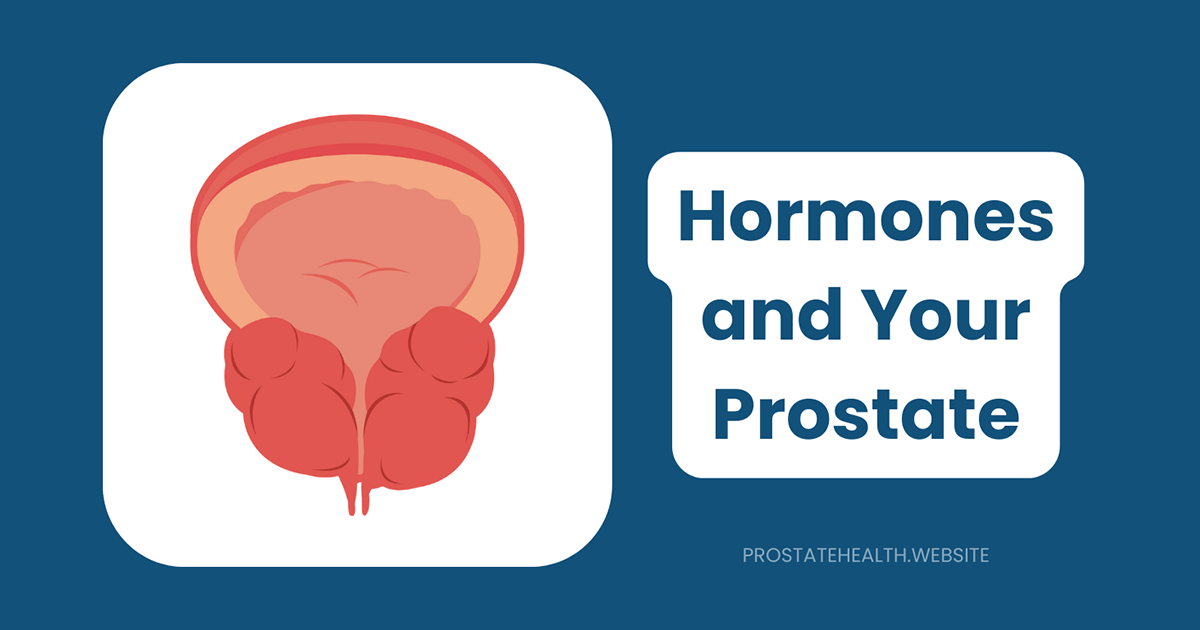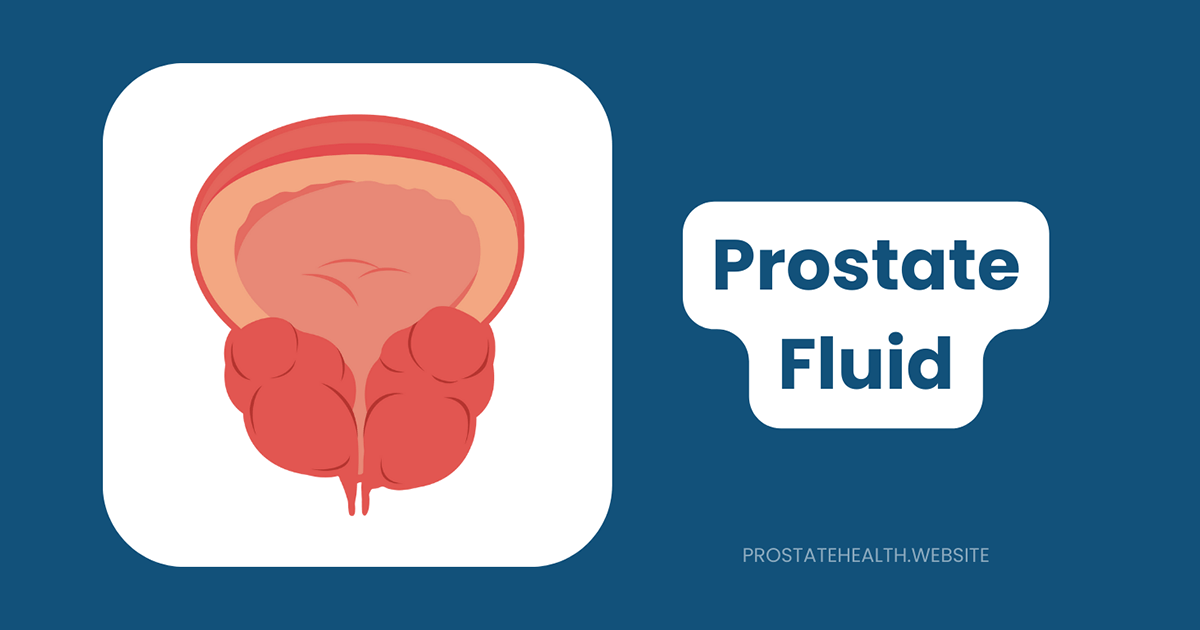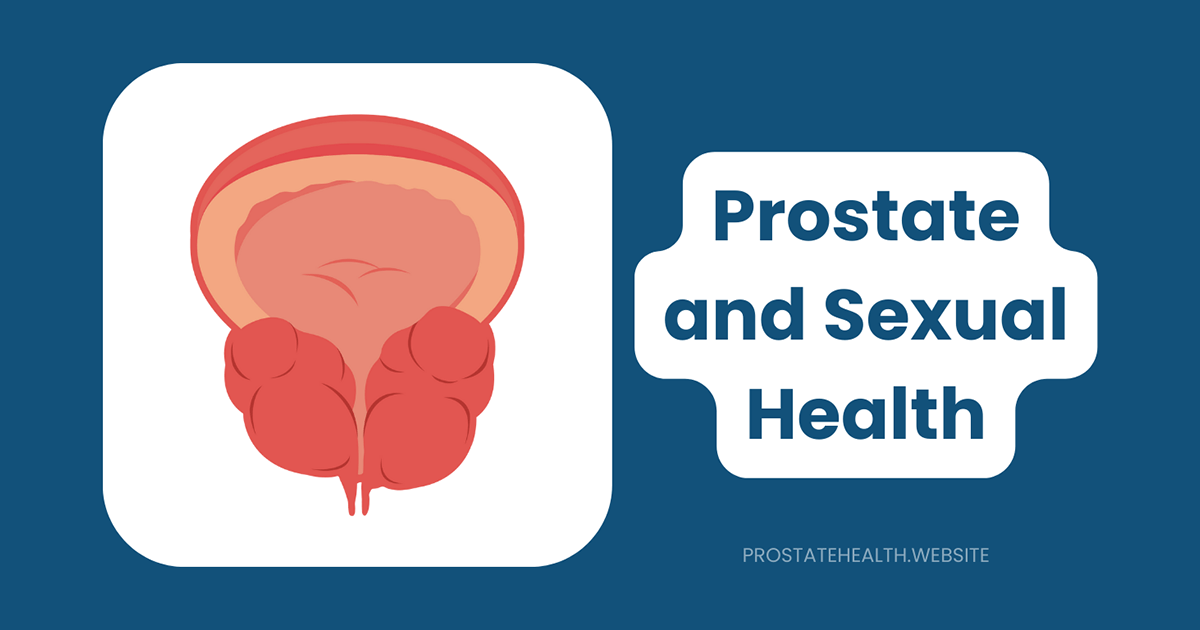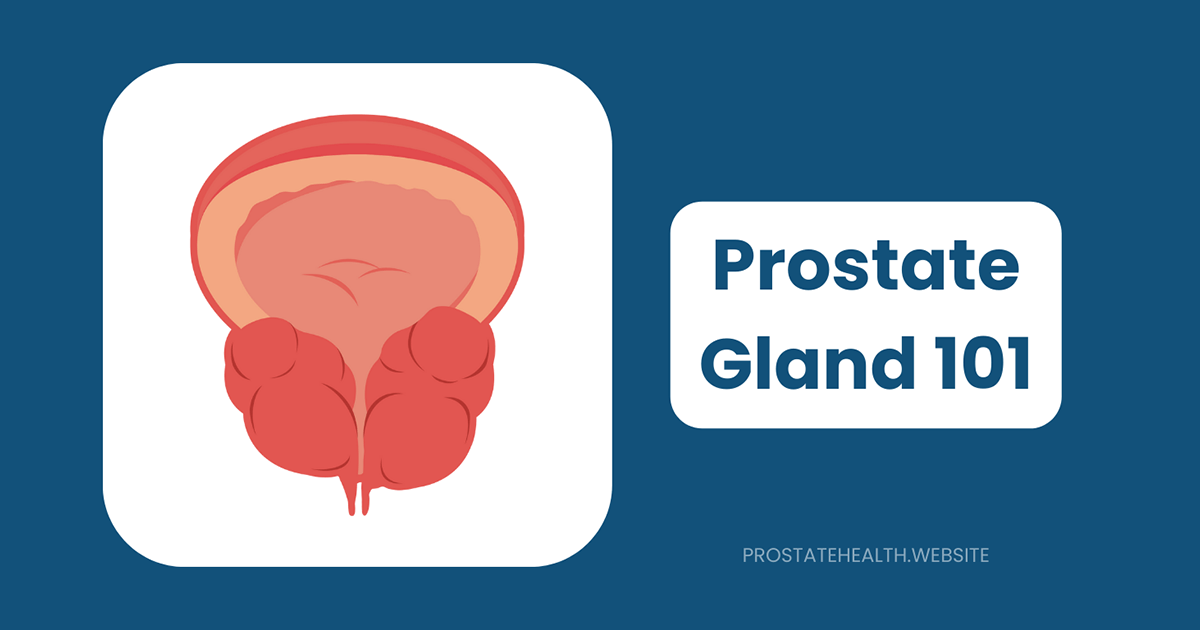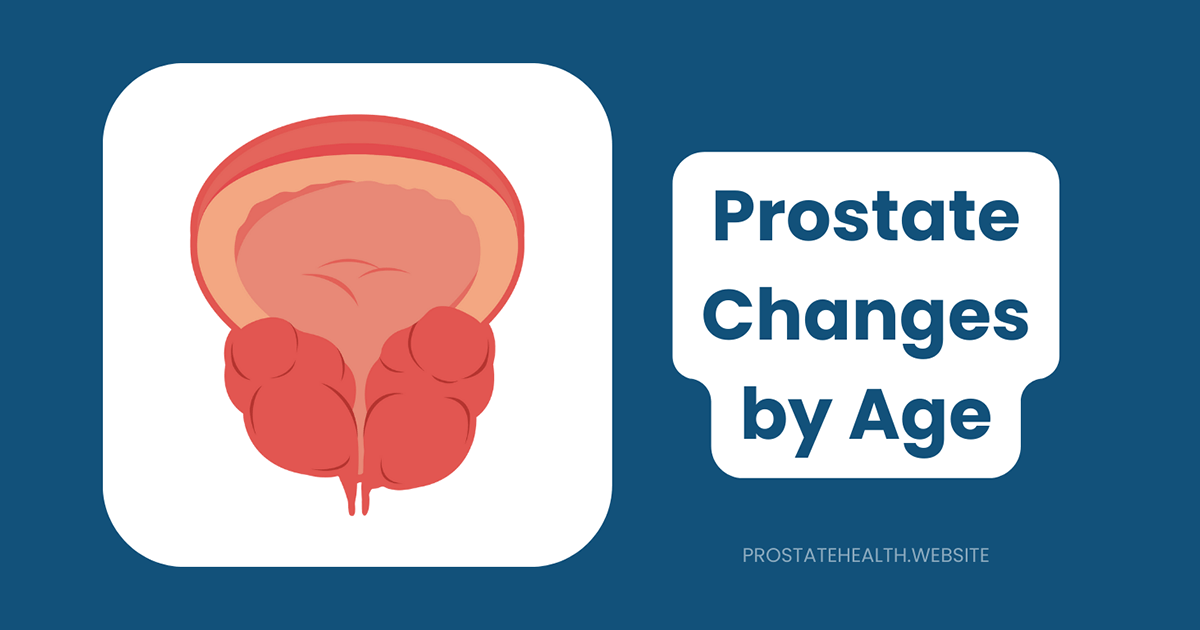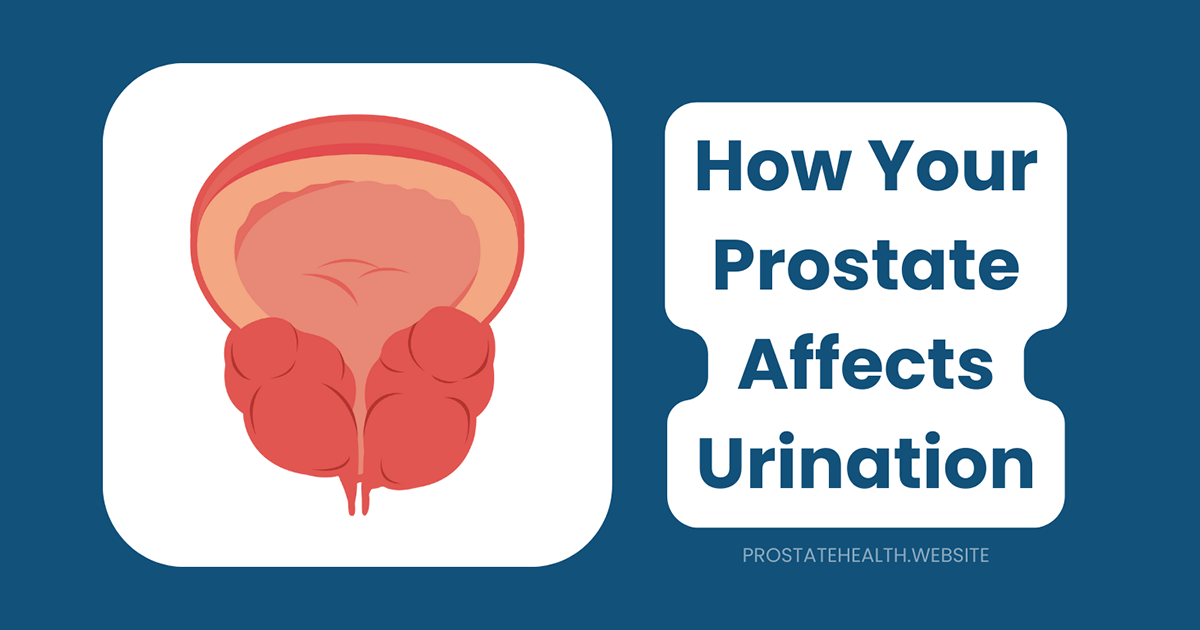The Role of the Prostate in Male Reproductive Health
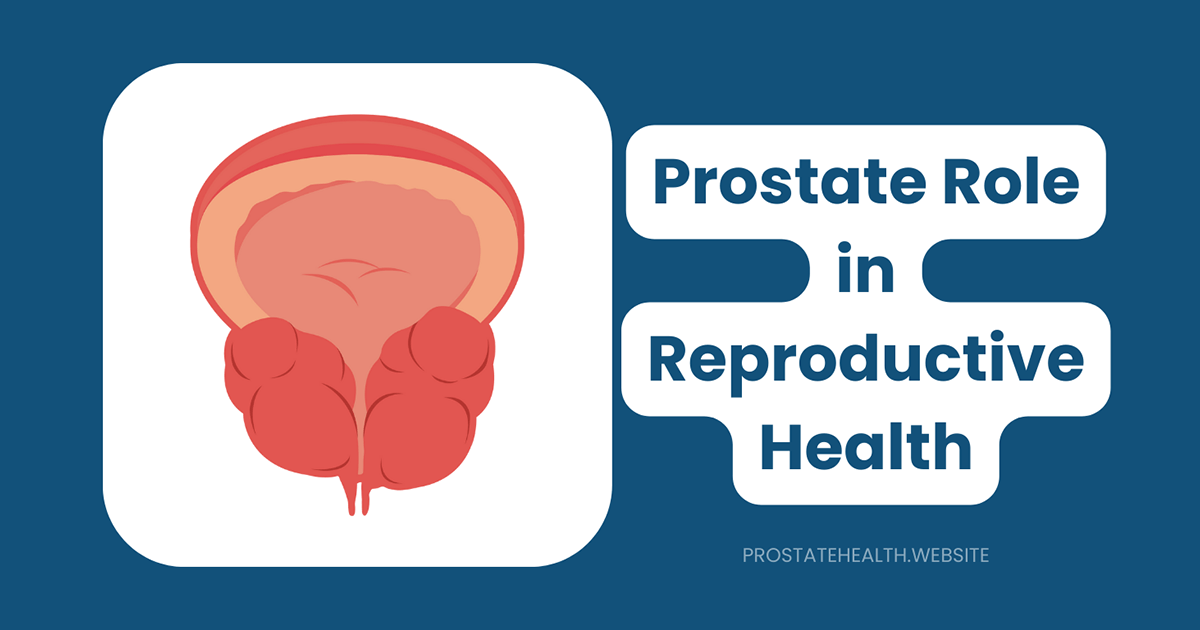
When discussing male reproductive health, we often focus on the more obvious players—the testicles and penis. Yet behind the scenes, the prostate gland performs crucial functions that directly impact fertility, sexual pleasure, and overall reproductive health. Despite its importance, many men remain unaware of exactly what this walnut-sized gland does and why it matters.
Throughout my years of advocating for men’s health, I’ve found that understanding the prostate’s role can motivate men to take better care of this vital gland. Let’s explore the fascinating functions of the prostate and how it contributes to male reproductive health in ways you might not have realized.
What Exactly Is the Prostate?
Before diving into its functions, let’s clarify what the prostate actually is. The prostate is an accessory gland of the male reproductive system—meaning it’s not essential for life, but it is crucial for reproduction. Located just below the bladder and in front of the rectum, this chestnut-sized gland surrounds the urethra, the tube that carries both urine and semen out of the body.
The average adult prostate weighs about 30 grams (1 ounce) and is roughly the size of a walnut. Its strategic position gives it significant influence over both urinary and reproductive functions.
The prostate isn’t a uniform structure but is divided into several distinct zones:
- Peripheral Zone: Makes up about 70% of the glandular prostate and is the most common site for prostate cancer
- Central Zone: Comprises about 25% of the gland and surrounds the ejaculatory ducts
- Transition Zone: The smallest portion (about 5-10%) that surrounds the urethra and is the primary site of benign prostatic hyperplasia (BPH)
This zonal anatomy is important for understanding both the prostate’s functions and the various conditions that can affect it.
The Prostate’s Primary Function: Seminal Fluid Production
The prostate’s main job is producing prostatic fluid—a vital component of semen. This milky, slightly alkaline fluid makes up about 20-30% of semen volume and serves several critical purposes:
1. Nourishing and Protecting Sperm
Prostatic fluid contains essential nutrients that support sperm health and function:
- Zinc: One of the highest concentrations in the body, zinc supports sperm development and provides antimicrobial protection
- Citric Acid: Provides energy for sperm metabolism and movement
- Enzymes: Various enzymes that support sperm function and survival
- Spermine: A polyamine that enhances sperm motility
These components create an optimal environment for sperm, helping them survive the journey through the female reproductive tract.
2. Neutralizing Acidity
The prostatic fluid is slightly alkaline (pH 7.29), which serves a crucial purpose: neutralizing the acidity of both the urethra and the vaginal tract. This neutralization is essential because:
- Sperm function best in a slightly alkaline environment
- The vaginal tract is naturally acidic (pH 3.8-4.5) to protect against infections
- Without this neutralizing effect, sperm would be quickly immobilized and damaged by the acidic environment
Research published in the Journal of Andrology has shown that proper pH balance is critical for sperm motility and fertilization capacity.
3. Liquefying Semen
The prostate produces prostate-specific antigen (PSA), an enzyme that liquefies semen after ejaculation. When first ejaculated, semen is in a coagulated, gel-like state. Within 5-30 minutes, PSA breaks down the gel-forming proteins, liquefying the semen and allowing sperm to swim more freely.
This liquefaction process is essential for fertility—if semen fails to liquefy properly, sperm mobility is restricted, potentially leading to fertility issues.
The Prostate’s Role in Ejaculation
Beyond fluid production, the prostate plays an active mechanical role during ejaculation:
Muscular Contractions
The prostate contains smooth muscle tissue that contracts rhythmically during ejaculation. These contractions serve two important purposes:
- Expelling prostatic fluid: The contractions forcefully squeeze prostatic fluid into the urethra, where it mixes with sperm from the testicles and fluid from the seminal vesicles to form semen.
- Contributing to orgasmic sensation: These muscular contractions are part of what creates the pleasurable sensations of orgasm.
Preventing Retrograde Ejaculation
During ejaculation, the prostate works in coordination with the bladder’s internal sphincter to close off the pathway to the bladder. This prevents semen from flowing backward into the bladder (retrograde ejaculation) and ensures it’s directed forward through the urethra.
When this mechanism doesn’t function properly—due to certain medications, nerve damage, or surgical procedures—retrograde ejaculation can occur, potentially affecting fertility and changing the sensation of orgasm.
Hormonal Interactions: The Prostate as an Endocrine Target
The prostate doesn’t just produce fluids; it also interacts with the body’s hormonal system in significant ways:
Testosterone and DHT
The prostate is highly responsive to male hormones (androgens), particularly testosterone and its more potent derivative, dihydrotestosterone (DHT). In fact, the prostate contains an enzyme called 5-alpha reductase that converts testosterone to DHT within the gland.
These hormones influence:
- Prostate development during puberty
- Ongoing maintenance of prostate tissue
- Production of prostatic fluid
- Prostate growth throughout adulthood
This hormonal relationship explains why hormone therapy (reducing testosterone levels) is sometimes used to treat prostate cancer and why some medications for BPH target the conversion of testosterone to DHT.
Other Hormonal Influences
While androgens are the primary hormonal regulators of the prostate, research has shown that other hormones also affect prostate function:
- Estrogen: As men age, the ratio of estrogen to testosterone increases, which may contribute to prostate enlargement
- Prolactin: May influence prostate growth and function
- Growth hormone: Can affect prostate cell proliferation
- Insulin-like growth factors: May play a role in prostate development and potentially in prostate cancer
Understanding these hormonal interactions helps explain why prostate conditions become more common as men age and hormone levels naturally change.
The Prostate’s Connection to Sexual Function
The prostate’s role in sexual function extends beyond just contributing to semen production:
Sexual Pleasure
The prostate contains numerous nerve endings and is considered an erogenous zone for many men. Some men experience enhanced sexual pleasure through prostate stimulation, either directly or indirectly.
During orgasm, the rhythmic contractions of the prostate contribute to the intensity of the experience. This is why some men notice changes in sexual sensation after prostate procedures or when experiencing prostate conditions.
Erectile Function
While the prostate doesn’t directly control erections, its proximity to crucial nerves and blood vessels means that prostate conditions or treatments can impact erectile function.
The neurovascular bundles responsible for erections run along the sides of the prostate. During prostate surgery, preserving these nerve bundles is a priority for maintaining erectile function. Similarly, inflammation or enlargement of the prostate can sometimes affect these nearby structures.
When Things Go Wrong: Prostate Conditions and Reproductive Health
Understanding the prostate’s normal functions helps explain how various prostate conditions can affect reproductive and sexual health:
Benign Prostatic Hyperplasia (BPH)
This non-cancerous enlargement of the prostate primarily affects urination by compressing the urethra. However, it can also impact reproductive health in several ways:
- Ejaculatory problems, including reduced force of ejaculation
- Discomfort during ejaculation
- In some cases, erectile difficulties related to urinary symptoms or medications used to treat BPH
According to research published in the European Urology Journal, up to 30% of men with BPH report some form of sexual dysfunction related to their condition or its treatment.
Prostatitis
Inflammation of the prostate, whether bacterial or non-bacterial, can significantly impact reproductive health:
- Pain during ejaculation
- Discomfort in the testicles, penis, or pelvic area
- Blood in the semen
- Reduced semen quality in some cases
- Sexual dysfunction related to pain or psychological impact
Chronic prostatitis can be particularly troublesome, affecting quality of life and sexual satisfaction for many men.
Prostate Cancer and Its Treatment
Prostate cancer itself rarely causes reproductive symptoms in its early stages. However, treatments for prostate cancer can have significant effects on reproductive and sexual function:
- Radical prostatectomy: Removal of the prostate eliminates its contribution to semen, resulting in dry orgasms (orgasm without ejaculation)
- Radiation therapy: Can affect both erectile function and semen production
- Hormone therapy: Reduces testosterone levels, often leading to reduced libido and erectile difficulties
Modern treatment approaches increasingly focus on preserving sexual function when possible, but the impact on reproductive health remains an important consideration when making treatment decisions.
Protecting Your Prostate for Reproductive Health
Given the prostate’s importance to reproductive health, taking steps to maintain prostate health makes sense for any man concerned about his fertility and sexual function:
Lifestyle Factors
Several lifestyle choices can support prostate health:
- Diet: Consuming a diet rich in fruits, vegetables, and healthy fats while limiting red meat and dairy may benefit prostate health. Foods high in antioxidants, like tomatoes (lycopene) and pomegranates, have shown promise in some studies.
- Exercise: Regular physical activity is associated with better prostate health and reduced risk of BPH and prostate cancer. Aim for at least 150 minutes of moderate exercise weekly.
- Weight management: Maintaining a healthy weight reduces the risk of prostate problems. Obesity is linked to more severe BPH symptoms and potentially more aggressive prostate cancer.
- Sexual activity: Some research suggests that regular ejaculation may benefit prostate health. A study published in European Urology found that men who ejaculated more frequently had a lower risk of prostate cancer.
Regular Check-ups
Prostate issues often develop gradually, and early detection allows for more effective treatment:
- Digital rectal exam (DRE): Allows your healthcare provider to feel the prostate for abnormalities
- PSA testing: Measures the level of prostate-specific antigen in your blood, which can indicate prostate issues
- Discussing symptoms: Don’t hesitate to mention any urinary or sexual symptoms to your healthcare provider
For most men, prostate screening should begin around age 50, but those with risk factors (family history, African ancestry) may need to start earlier.
The Future of Prostate Research and Reproductive Health
Research into the prostate’s role in reproductive health continues to evolve, with several exciting areas of investigation:
Improved Diagnostic Tools
New biomarkers beyond PSA are being developed to better distinguish between different prostate conditions and guide treatment decisions. These more specific tests may help reduce unnecessary procedures that could affect reproductive function.
Targeted Treatments
Advances in treatment approaches aim to better preserve reproductive and sexual function:
- Focal therapy techniques that target only the affected areas of the prostate
- Nerve-sparing surgical techniques with improved outcomes for erectile function
- New medications with fewer sexual side effects
Regenerative Medicine
Emerging research in regenerative medicine shows promise for restoring sexual function after prostate treatments:
- Stem cell therapies to regenerate nerve tissue
- Growth factor treatments to promote healing
- Novel approaches to restore ejaculatory function
Conclusion: Appreciating the Prostate’s Vital Role
The prostate may be small, but its contributions to male reproductive health are substantial. From producing essential components of semen to participating actively in the ejaculatory process, this gland deserves more attention than it typically receives.
Understanding the prostate’s role helps men make informed decisions about their health and encourages proactive care of this vital gland. Whether you’re concerned about fertility, sexual function, or simply maintaining overall health, the prostate deserves your attention.
I’ve found that men who understand their bodies are more empowered to seek appropriate care and have more productive conversations with their healthcare providers. Breaking the silence around prostate health is one of the most important things we can do for reproductive health.
Have you had conversations with your healthcare provider about your prostate health? If not, consider adding this topic to your next check-up—your reproductive health may thank you.

